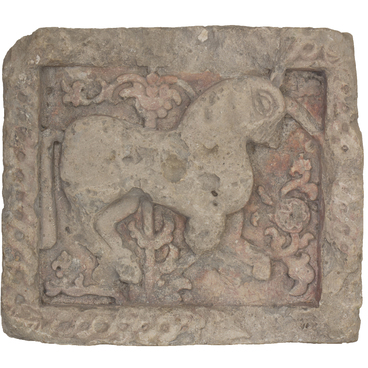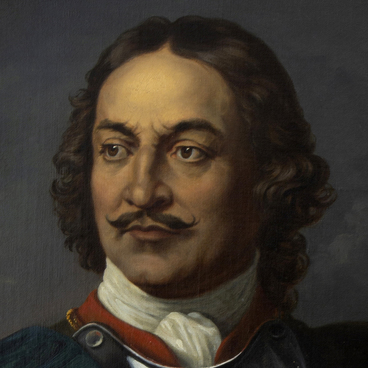The jewel box from the collection of the Arkhangelsk Regional Museum is simple, clear and minimalistic in design. This type of boxes with curved legs and a hinged lid is called a ‘tower’. The wooden base of the box is covered with bone plates with engraved vines and delicate stripes of ovals and zigzags. The lid is decorated with an openwork plate superimposed on a lilac foil. Bone plates are attached to the casing of the box with small metal studs.
The unique art of Kholmogory bone carving is more than 400 years old. Since ancient times, northerners hunted sea animals in the polar seas. Walrus fang or ‘fish tooth’ was especially appreciated. Fossil mammoth bone was found on the shores of the Arctic Ocean. Also, for bone carvers, expensive ivory was brought from abroad. In the hands of skilled craftsmen, even a simple tubular cow bone (foregut) would look expensive.
Bone was processed throughout the North: from Arkhangelsk to Solvychegodsk and Veliky Ustyug. However, Kholmogory, the birthplace of the great Russian scientist Mikhail Lomonosov, was the centre of bone carving. The first written mention of the Kholmogory carvers dates back to the 17th century when the local ‘comb craftsman’ Evdokim Sheshenin and his brother Semyon were called to Moscow to work in the Armoury. The Sheshenin brothers became the best bone carvers in the armoury.
18th century was the heyday of the Kholmogorsy trade. By the beginning of the century, Kholmogory masters knew no equals. Skillfully made objects from walrus and mammoth bone and ivory - bracelets, decorative goblets, caskets, snuff-boxes and jewel boxes, combs, miniature boxes of tricks, plates with portraits - were in great demand, and were widespread not only throughout the North but throughout Russia. Exquisite in form, combining ornament with relief images and coloured engraving, those elegant items were in great demand. Museums of the world exhibit magnificent examples of caskets, boxes, and miniature cabinets made using the Kholmogory technique of openwork bone carving.



